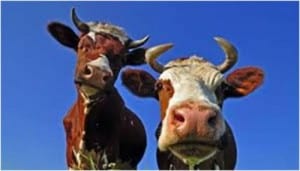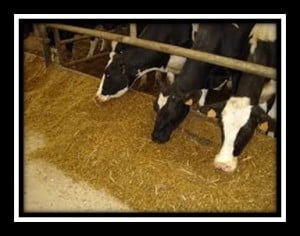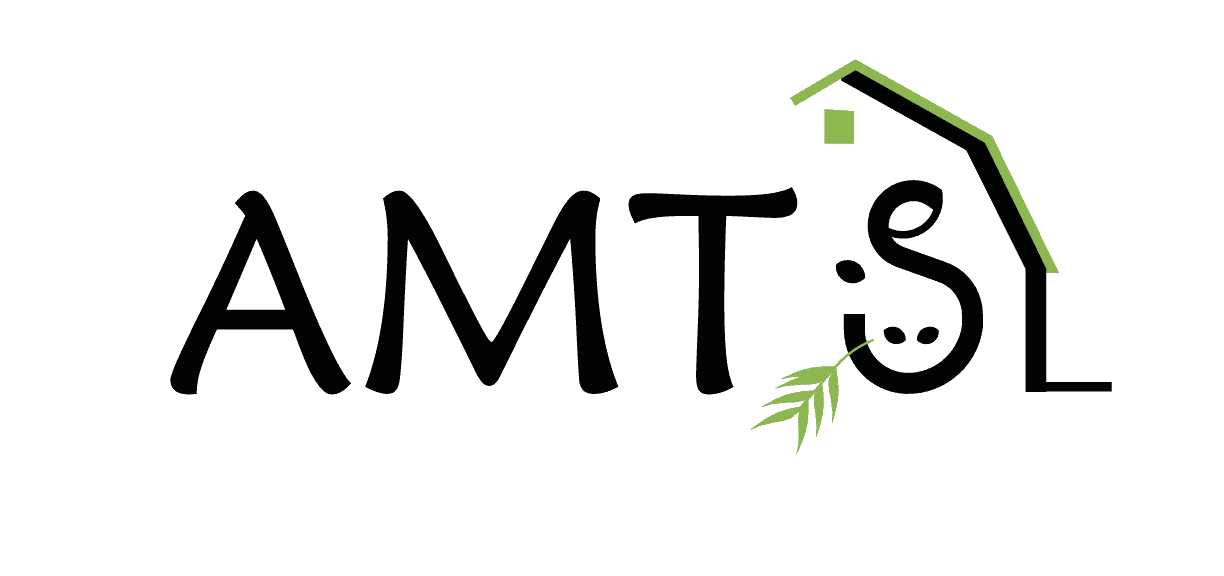Since the last major revision of the CNCPS in 2010, further refinements of the model have been researched and validated in the effort to more closely predict animal responses to nutrient and management inputs. Several adjustments to the model biology will be incorporated into the system and released as CNCPS 6.5 later this fall. We at AMTS have been continually part of the process of analyzing, refining, testing, and coding in changes to the existing software. It is a busy and exciting time that is not without its concerns.

Incorporating changes into a program that many nutritionists and, in turn, farmers depend upon for reliable, quick answers is not something to be taken lightly. We understand the limited time you have to learn not only new input requirements (perhaps on screens that are different from those to which you are accustomed) but also to understand the underlying science that brought about those changes. In as much as we can, we balance the need to be at the forefront with new information with the requirement for thorough testing and validation of both the science and the coding of the program. For these reasons, we are dedicated to making the transition from “old, comfortable” science to new, even more exacting science as painless as possible.

As the research in the areas of fiber and nitrogen digestibility, utilization, analysis and has progressed over the past few years through work out of VanAmburgh group; Tom Tylutki, as one of the principles in the CNCPS model development, has continued to collaborate and closely coordinate with the researchers as they develop more precise predictions. He is part of the discussion and so well understands the interactions within the model that he is then able to adapt AMTS.Cattle™.Pro to meet those new predictions.
The changes you can expect to see in 6.5 biology are:
- Feed Library Values
- aNDFom
- uNDF to calculate rates
- implementation of Ross Assay results
- Combined efficiencies of AA for Maintenance and Lactation
Our mission is to make sure that our users have all the information they need to help them incorporate the changes into their understanding of the best, most efficient, and most cost effective ways to feed cattle. Tom has already been at meetings in several countries explaining the changes to the model. Through presentations and our blog we will fully explain what these changes will mean to your formulations. Our plan is to have a major update the third week in October. For new functionality, we will have updated instructions in the manual. As always, there will be a “New Things” pdf that will focus specifically on the changes. Both can be found under the Help tab in the program.
We will feature information about what the changes mean in several blog postings. In addition to the blogs we are working on a series of podcasts that will allow users to download mp3 files to their listening devises. The podcasts will provide an opportunity for learning on the go. Both Caroline and I often listen to podcasts and audio books as we perform routine tasks or while driving. We thought creating our own will provide busy users with an opportunity to learn almost osmotically.
Why make changes to a program that many are accustomed to and comfortable with? Our global population is growing; predictions of 9 billion people on the planet by 2050 are common. National Geographic has been running an 8 month series looking at food issues; it is definitely worth a read. As populations increase, especially in what is termed 2nd world countries, the demand for quality protein increases. It is important, as animal agriculturists, that we recognize the need to be as efficient as possible in using resources to produce protein for consumption. With the changes the model, we are able to better predict exactly what nutrients are needed for the closest approximation of what the animal is doing with her groceries. As VanAmburgh says, “Each refinement takes the art out of ration formulation”. When we fully understand how nutrients are used we will be able to use dialed in requirements to minimize any overfeeding of any nutrient; saving money on unnecessary feed purchases, making efficient use of resources, and increasing production efficiencies.
